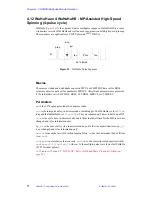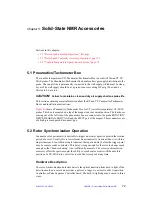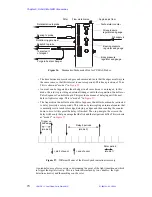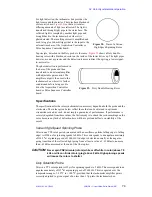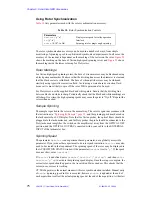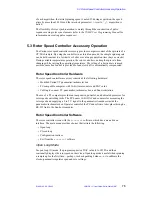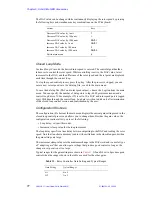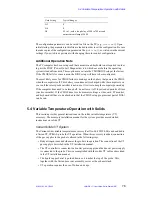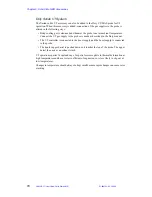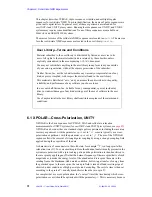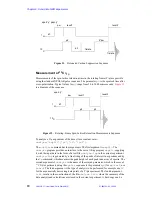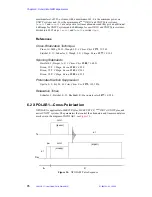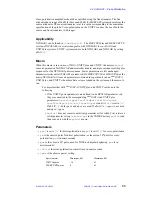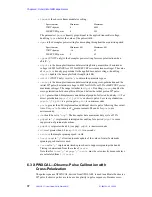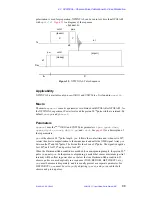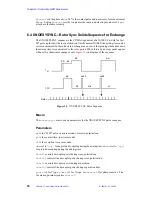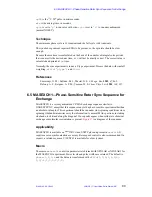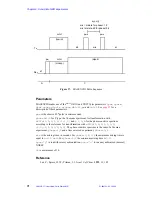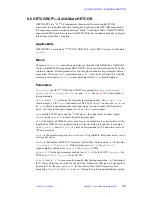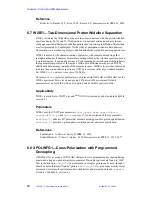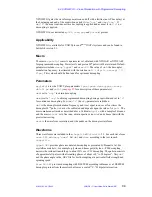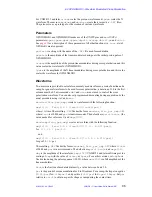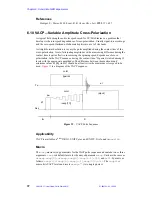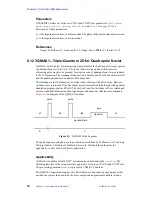
Chapter 6. Solid-State NMR Experiments
85
VNMR 6.1C User Guide: Solid-State NMR
01-999162-00 C0402
maximum level of 255, or linear, with a maximum of 63. 0 is the minimum power on
UNITY systems and –16 is the minimum on
UNITY
INOVA and UNITYplus systems.
level1f
and
level2f
are only active for linear attenuators and they give an additional
6 dB range for UNITY systems and 60 dB range for
UNITY
INOVA and UNITYplus systems,
divided into 4095 steps.
level1
and
level2
override
dpwr
.
References
Cross-Polarization Technique
Pines, A.; Gibby, M. G.; Waugh, J. S. J. Chem. Phys. 1973, 59, 569.
Stejskal, E. O.; Schaefer, J.; Waugh, J. S. J. Magn. Reson. 1977, 28, 105.
Spinning Sidebands
Herzfeld, J.; Berger, A. E. J. Chem. Phys. 1980, 73, 6021.
Dixon, W. T. J. Magn. Reson. 1981, 44, 220.
Dixon, W. T. J. Magn. Reson. 1982, 49, 341.
Dixon, W. T. J. Magn. Reson. 1985, 64, 332.
Protonated Carbon Suppression
Opella, S. J.; Fry, M. H. J. Am. Chem. Soc. 1979, 101, 5856.
Relaxation Times
Schaefer, J.; Stejskal, E. O.; Buchdahl, R. Macromolecules 1077, 10, 384.
6.2 XPOLAR1—Cross-Polarization
XPOLAR1 is applicable to MERCURYplus, MERCURY-VX,
UNITY
INOVA, UNITYplus, and
newer UNITY systems. The parameters that control the attenuators and linear modulators
are shown in the diagram of XPOLAR1, see
Figure 34. XPOLAR1 Pulse Sequence
pw
cntct
cntct
(tpwrm)
(crossp)
(dipolr)
Tx
Dec
at
d1
A
C

